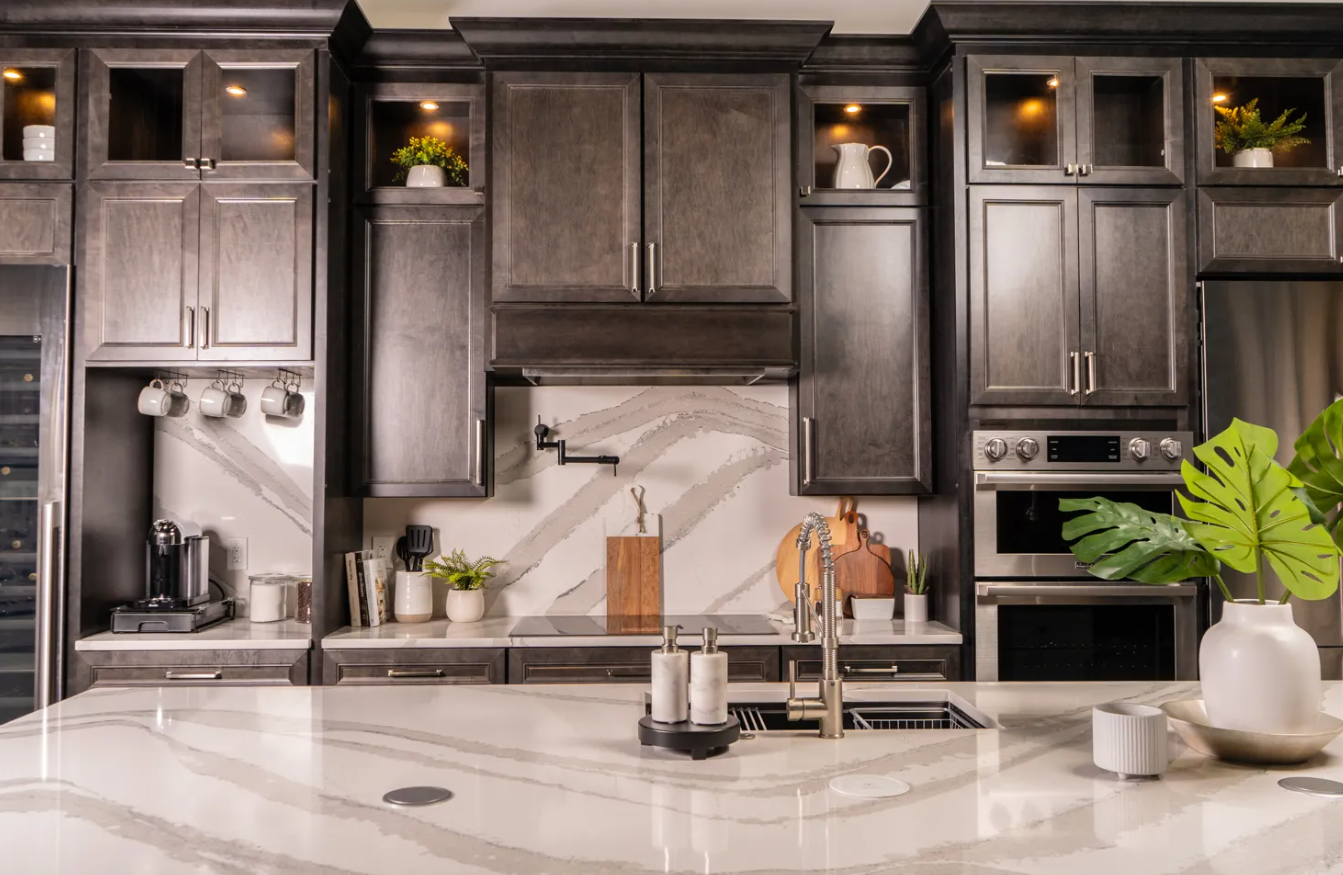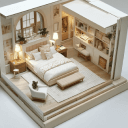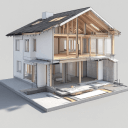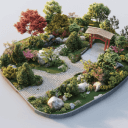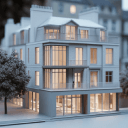Arcadium 3D is a leading free online kitchen design platform that brings ergonomic principles into every layout. Designing a kitchen that prioritizes ergonomics is crucial – poor kitchen design “can lead to chronic pain, discomfort, and frustration” for users. As one industry guide explains, the core idea is to connect the stove (cooking), sink (preparation/cleanup), and refrigerator (storage) in an efficient work triangle.
When these three zones are placed “close (but not too close) to one another,” the kitchen is easier and faster to use. In my experience as a kitchen designer, following this triangle rule – along with proper counter heights and aisle widths – can completely transform a cramped or awkward space into a fluid, comfortable kitchen where every step counts.
Understanding the Work Triangle
The kitchen work triangle is a classic design concept aimed at maximizing efficiency. It traces back to 1920s studies by Lillian Gilbreth, who showed that minimizing wasted motion makes cooking easier. Modern guidelines suggest each leg of the triangle (the distance between any two of stove, sink, fridge) should be about 1.2–2.7 meters (4–9 feet). The total of all three legs is ideally 4–8 meters (13–26 feet). At these distances, you’re close enough to move quickly between stations without feeling cramped. The work triangle should also be free of obstacles and cross-traffic – avoid placing a tall cabinet or an island in a way that blocks your path. In practice, good design will also leave ample counter space next to each zone: for example, at least 60 cm (24 in) of clear countertop beside the sink on one side, and 45 cm (18 in) on the other. Similarly, standard countertop heights of roughly 85–95 cm (33.5–37.5 in) put the work surface at a comfortable elbow angle.
Key ergonomic guidelines include:
-
Triangle leg lengths: Each leg (sink–stove, stove–fridge, fridge–sink) should be roughly 1.2–2.7 m (4–9 ft).
-
Total triangle perimeter: Aim for about 4–8 m (13–26 ft) in total to balance closeness and space.
-
Workspace clearance: Maintain at least ~1.05 m (41–48 in) of aisle space for a single cook (wider if multiple people cook together). This width lets you reach cabinets or pass behind someone without strain.
-
Counter space: Reserve at least 60 cm (24 in) of counter beside a sink, and 45 cm (18 in) on its other side, for prep and cleanup.
-
Unobstructed flow: Do not insert a full-height obstacle (like a fridge or tall cabinet) between any two triangle points, and avoid major foot traffic cutting through the triangle.
By following these rules, the workflow (food prep→cooking→clean-up) becomes smooth and safe. For example, one study cited on Arcadium’s site notes that an efficient layout can save up to 60% of meal-prep time. In other words, placing appliances thoughtfully and providing easy reach means less bending, lifting, or backtracking.
Efficient layouts also improve comfort and safety: when the right items are at the right height and distance, cooks spend less time stretching or pivoting. This not only speeds up tasks but helps prevent fatigue or injury over time.
Using a 3D kitchen design tool, you can view and adjust the work triangle before you ever install a cabinet. The overhead plan above shows a kitchen from above: note how the sink (left), stove (center island), and refrigerator (upper-right) form an efficient triangle.
With software like Arcadium 3D, you can see these relationships in both 2D plan view and 3D perspective, ensuring appliance distances and clearances match ergonomic guidelines. This top-down visualization makes it easy to measure exact aisle widths, counter lengths, and triangle legs, so you can tweak the design interactively.
Check Out Our Tool
Benefits of Ergonomic Design
Why invest effort in ergonomics? Beyond saving time, a well-planned kitchen greatly enhances daily comfort and even adds value to your home. Arcadium cites that a “well-designed kitchen can increase the value of your home by up to 10%”. This is no surprise, since home buyers and users alike prize kitchens that are both beautiful and functional.
An ergonomic layout also reduces physical strain: by placing items at sensible heights, you avoid the constant bending or reaching that leads to sore backs or shoulders. As one industry article emphasizes, the goal is to complement the human body – a poorly designed kitchen “makes even simple tasks like cooking and cleaning a challenge”.
Designing for a global audience means considering variations: European and Asian kitchens may be more compact, while North American kitchens often feature large islands. Fortunately, basic ergonomic principles are universal.
For instance, whether you measure in centimeters or inches, the ideal counter height range (~85–95 cm) suits most adults worldwide. Using Arcadium, you can switch units and customize dimensions to local standards. The software’s flexibility means an Italian designer and a Canadian homeowner can both set up a kitchen that feels natural in their context.
Arcadium’s platform is built to make these ergonomic optimizations easy for anyone. It operates entirely online in the browser (no download required), and it’s completely free to use. This means you can start sketching ideas right away on any computer.
In fact, Arcadium reports that its interface “requires minimal technical knowledge”, guiding even first-time designers step-by-step through the layout process. Numerous users – from DIY homeowners to professional planners – praise the tool’s simplicity and power. One review notes that Arcadium delivers “impressive UI and great results within minutes,” letting novices achieve sophisticated designs immediately.
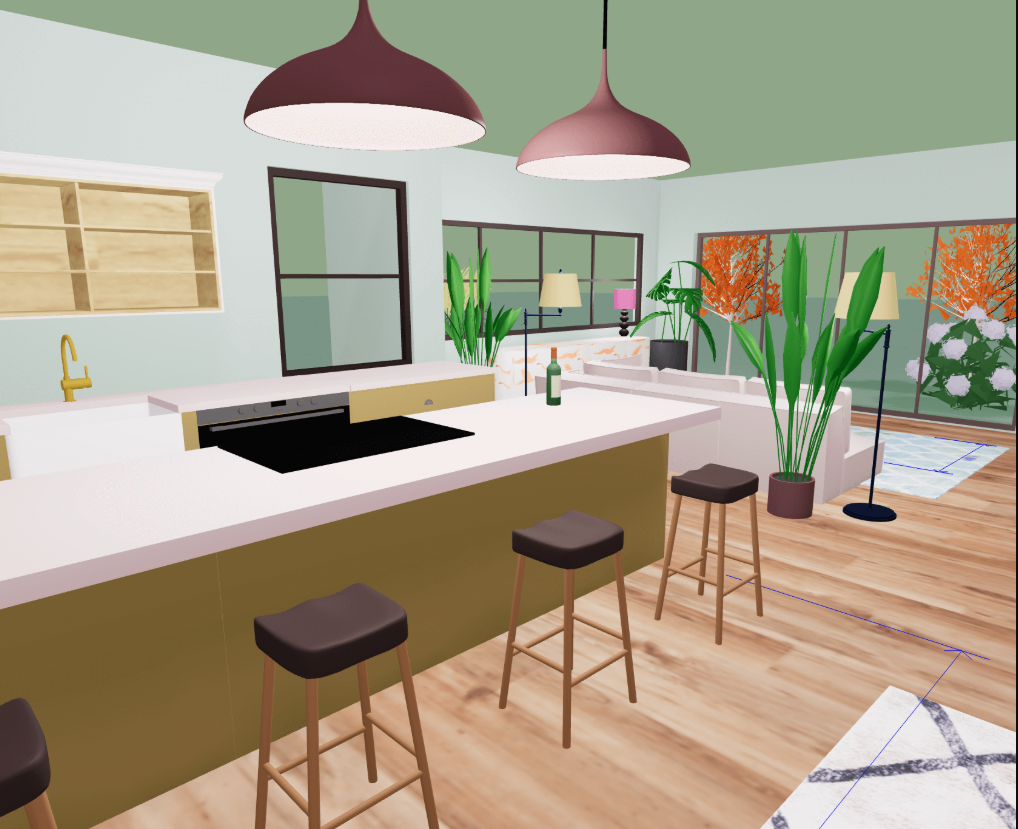
Applying the Work Triangle in 3D Design
Modern 3D design software makes testing the work triangle intuitive. In Arcadium’s free
online kitchen design
app, you begin by drawing the room boundaries (walls, doors, windows). Then you drag in cabinets, appliances and countertops from a catalog of furniture models. Because you see the kitchen in 3D as you work, you can instantly check distances.
If the refrigerator is too far from the sink, you can click and drag it into a better spot – the 3D preview updates in real time. You can orbit the camera around the room, check sight lines, and even virtually “step into” the kitchen. This immersive planning catches layout problems before construction starts.
For example, imagine designing a galley kitchen. In 3D you could test how the stove and sink align on opposite walls, and ensure there’s enough aisle clearance by simply measuring the gap on screen. If an island would crowd the space, you’ll see it and adjust. The software’s visualization makes abstract rules concrete: you can actually measure the triangle legs on the plan, rotate the view to inspect ergonomics, and fix issues immediately.
This saves time and guesswork compared to paper sketches. As Arcadium notes, its tools let you sketch out room layouts and generate a complete 3D model “in minutes,” a major efficiency advantage over complex CAD programs.
Using Arcadium also means easy collaboration. Once your design is ready, you can share it with family or a contractor via a simple link. Arcadium allows you to “share your design simply by sharing a URL,” so anyone with the link can view the 3D mode.
This eliminates confusion: rather than explaining measurements or handing over scribbled plans, you give them a live model they can navigate. In this way, the 3D design tool becomes a communication bridge between designers, homeowners, and builders, ensuring the ergonomic vision carries through to the finished kitchen.
Designing with Arcadium 3D
Arcadium 3D’s platform is tailored for quick, powerful kitchen layouts. After setting up the room, a typical design workflow (outlined on Arcadium’s site) is straightforward:
-
Mark out walls, windows and doors. Define the room’s shape and openings.
-
Add cabinetry and appliances. Place pre-built kitchen units (cabinets, fridge, stove, dishwasher) along the walls.
-
Insert countertops and islands. Use the shapes tool to draw islands or custom worktops, ensuring they connect seamlessly to the cabinets.
-
Place lighting fixtures. Add ceiling lights or under-cabinet lighting in the model to gauge how shadows and brightness will fall.
-
Customize finishes. Adjust cabinet colors, countertop materials, flooring, and decor to match your style.
-
Share or save the design. Once satisfied, save your model or share it via a unique URL.
Throughout this process, it’s easy to enforce the work triangle: simply keep an eye on the 3D view or use the measurement tools. If the sink, stove and fridge don’t form a good triangle, just drag them. The interface offers guidance and templates to avoid layout pitfalls.
For instance, if you try to place an island too close to the stove with insufficient clearance, the visual grid and dimension lines in Arcadium will show the tight fit, prompting you to adjust.
Arcadium emphasizes user-friendliness at every step. It works in any modern browser (Windows, Mac or Linux) without plugins. Since it’s web-based, it automatically handles metric or imperial units, adapting to whatever convention you use. The software also offers extensive tutorials and tips if you need help.
This accessibility means anyone can plan like a pro: even without formal training, a homeowner can quickly learn to place cabinets, tweak dimensions, and experiment with layouts using drag-and-drop controls.
Style, Aesthetics, and Lighting
A truly great kitchen balances form and function. Arcadium’s tool not only enforces ergonomics but also handles styling and lighting. The app provides a “wide range of kitchen units, furniture and household accessories” so you can match your personal taste.
Want modern high-gloss cabinets or rustic wooden beams? You can swap textures and colors in the 3D model until the look feels right. This flexibility means you don’t have to sacrifice style for efficiency – your ergonomic layout can also be a beautiful one.
Proper lighting is part of ergonomics too: tasks like chopping or reading labels need bright, shadow-free illumination. Arcadium lets you add realistic light sources to the design. In the rendered image above, note how the ceiling fixtures light up the island and countertops. By adjusting lights in the model, you can ensure no corner is too dark.
Arcadium itself notes that good lighting “makes tasks easier and more enjoyable”. As you flip the 3D view, you’ll see how daylight from windows and artificial light interact, helping you pick the right number of fixtures and their positions. In short, the software brings to life not just the layout but the final ambiance, ensuring your kitchen is ergonomic and inviting.
Finally, consider global style variations: perhaps you want an L-shaped kitchen with an island (common in the Americas), or a compact galley layout (popular in Europe and Asia). Arcadium’s extensive object library (sinks, ovens, lighting, etc.) lets you prototype any scenario.
Because everything is 3D, you can test unconventional designs too – say a curved island or a breakfast bar – and still analyze ergonomics. This adaptability makes the tool valuable worldwide, since you’re not limited to one regional template.
Putting It All Together
Applying the work triangle in practice is about testing and iterating. With Arcadium 3D, anyone can try different layouts until the kitchen feels right. The combination of real-time 3D rendering and ergonomic rules empowers users to solve design problems before they become construction headaches.
In fact, Arcadium’s own success stories highlight this transformation: their website boasts that “thousands of satisfied customers have transformed their kitchens with Arcadium 3D,” creating spaces that are “functional and beautiful”. As a designer, I’ve seen beginners achieve professional-looking plans by tweaking layouts and styles in minutes – all thanks to the intuitive interface.
In summary, kitchen ergonomics starts with smart planning of the work triangle, and 3D design software makes that planning accessible. By using an online kitchen design tool, you can ensure your sink, stove and fridge align optimally, check counter heights, and simulate lighting – all before lifting a hammer.
Arcadium 3D in particular combines a robust set of features (free access, drag-and-drop 3D modeling, sharing capability) to make this process easy for a global audience. Whether you’re remodeling your family home or just experimenting with ideas, applying these ergonomic principles with a 3D tool means you’ll end up with a kitchen that works as well as it looks.
Check Out Our Tool


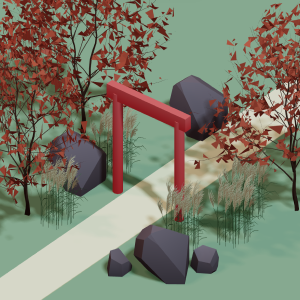 All training, tips and articles
All training, tips and articles
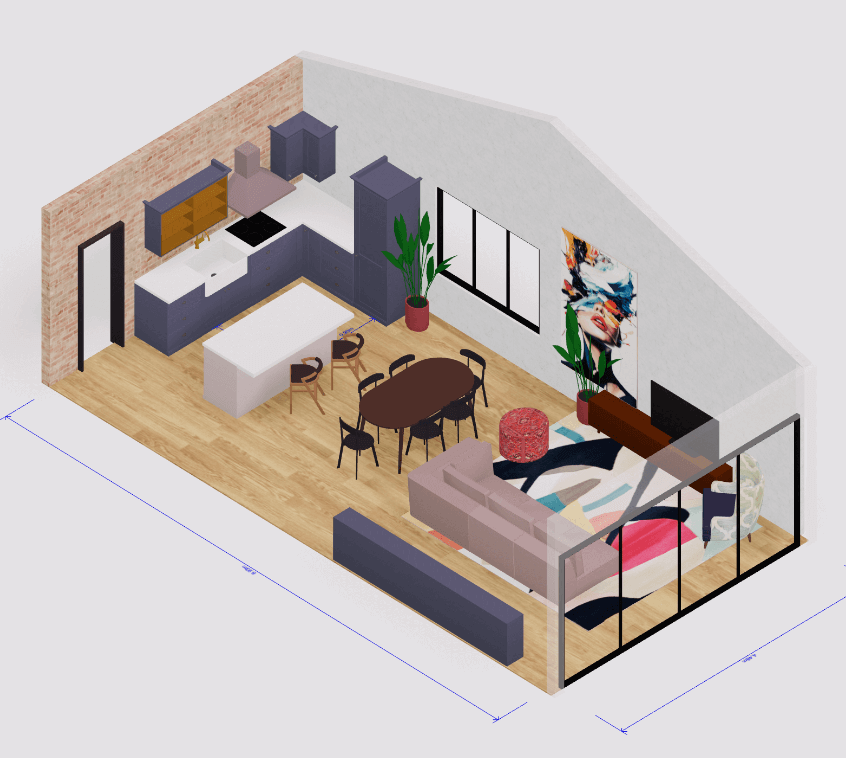 3D house design tool
3D house design tool
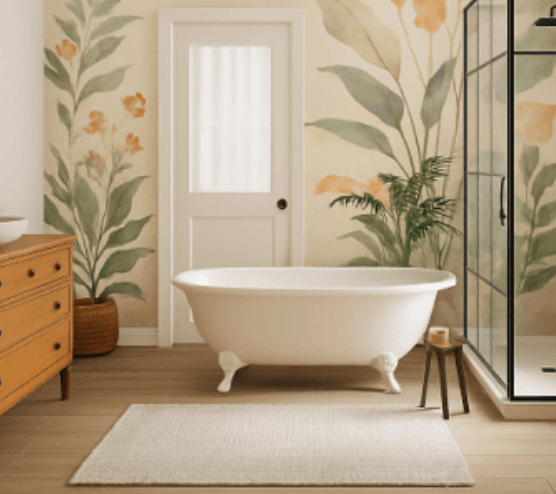
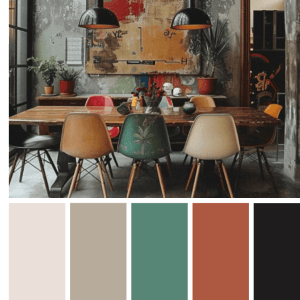 Color palette generator
Color palette generator
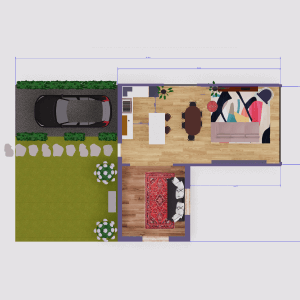 Floor plan creator
Floor plan creator
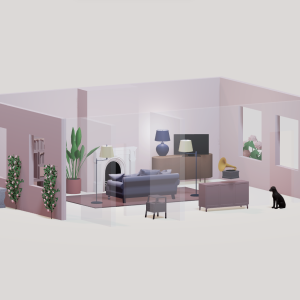 Interior design app
Interior design app
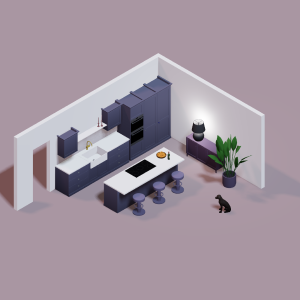 Kitchen design tool
Kitchen design tool
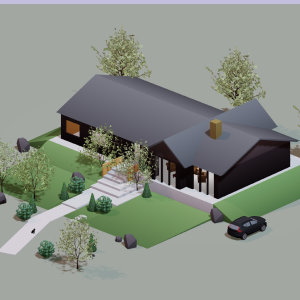 House design software
House design software
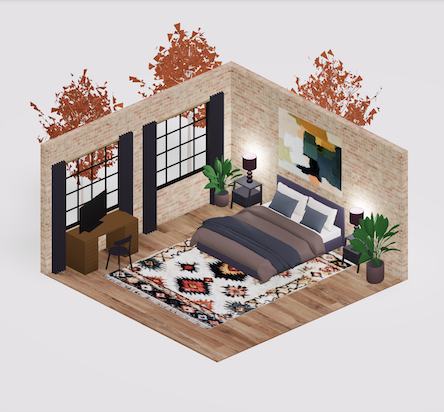 Room designer
Room designer
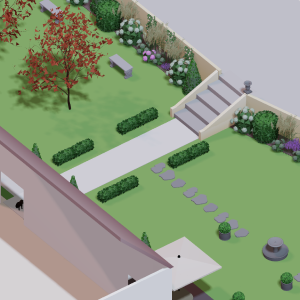 Landscape design software
Landscape design software
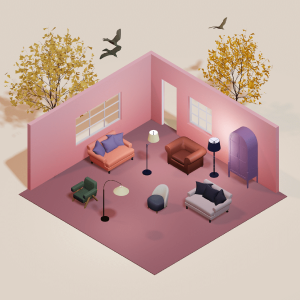 Bedroom design
Bedroom design
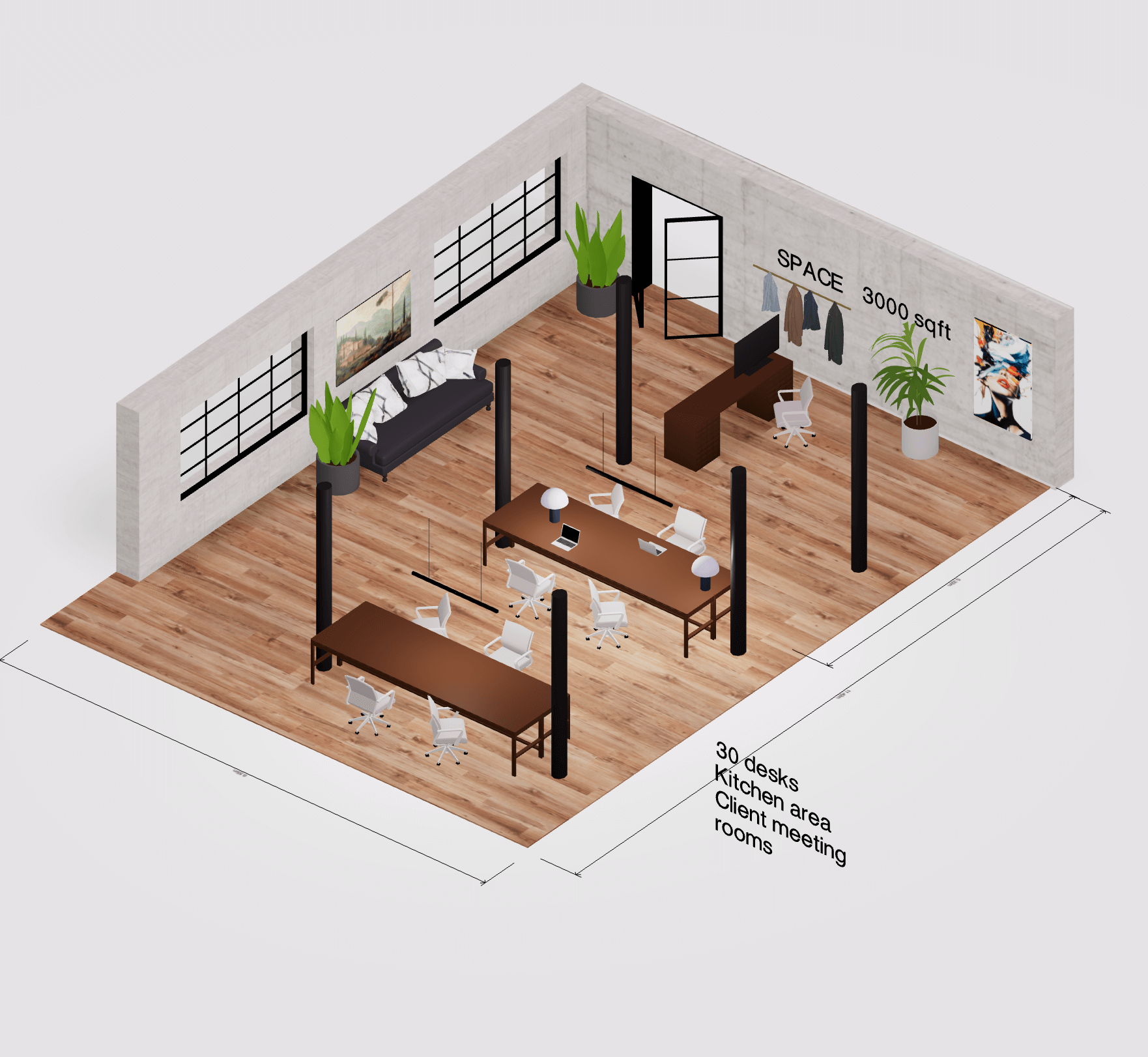 Office floor plan creator
Office floor plan creator
